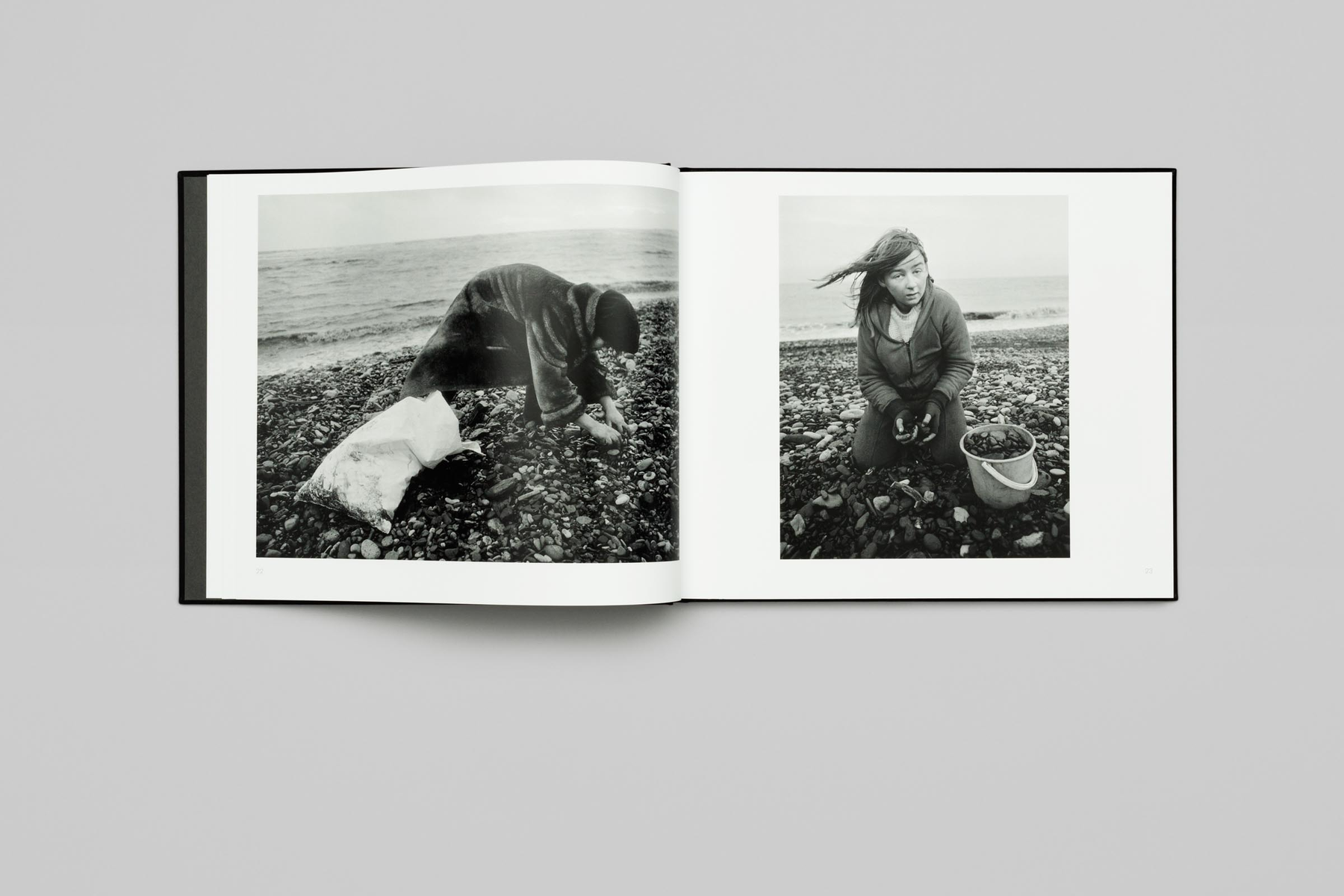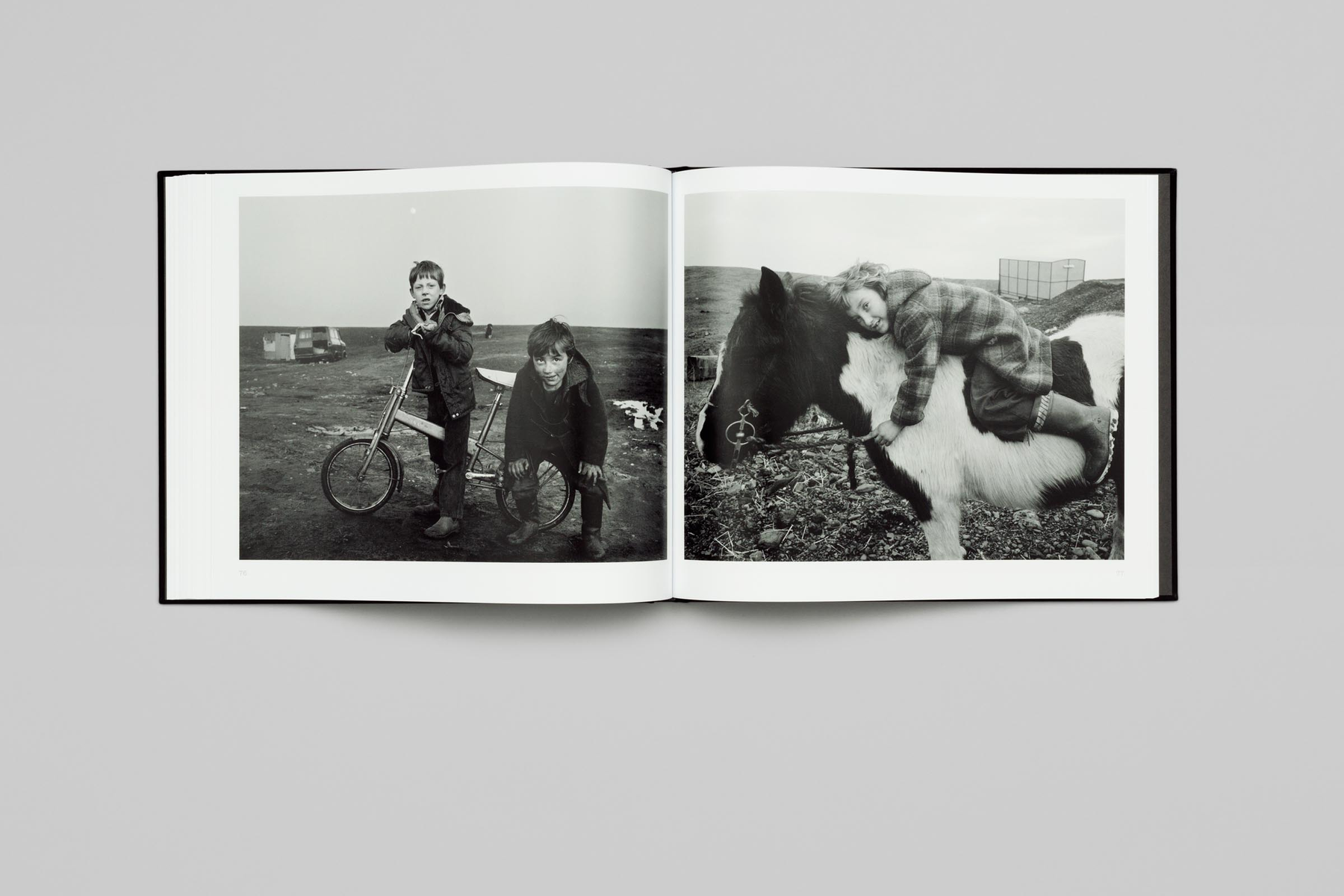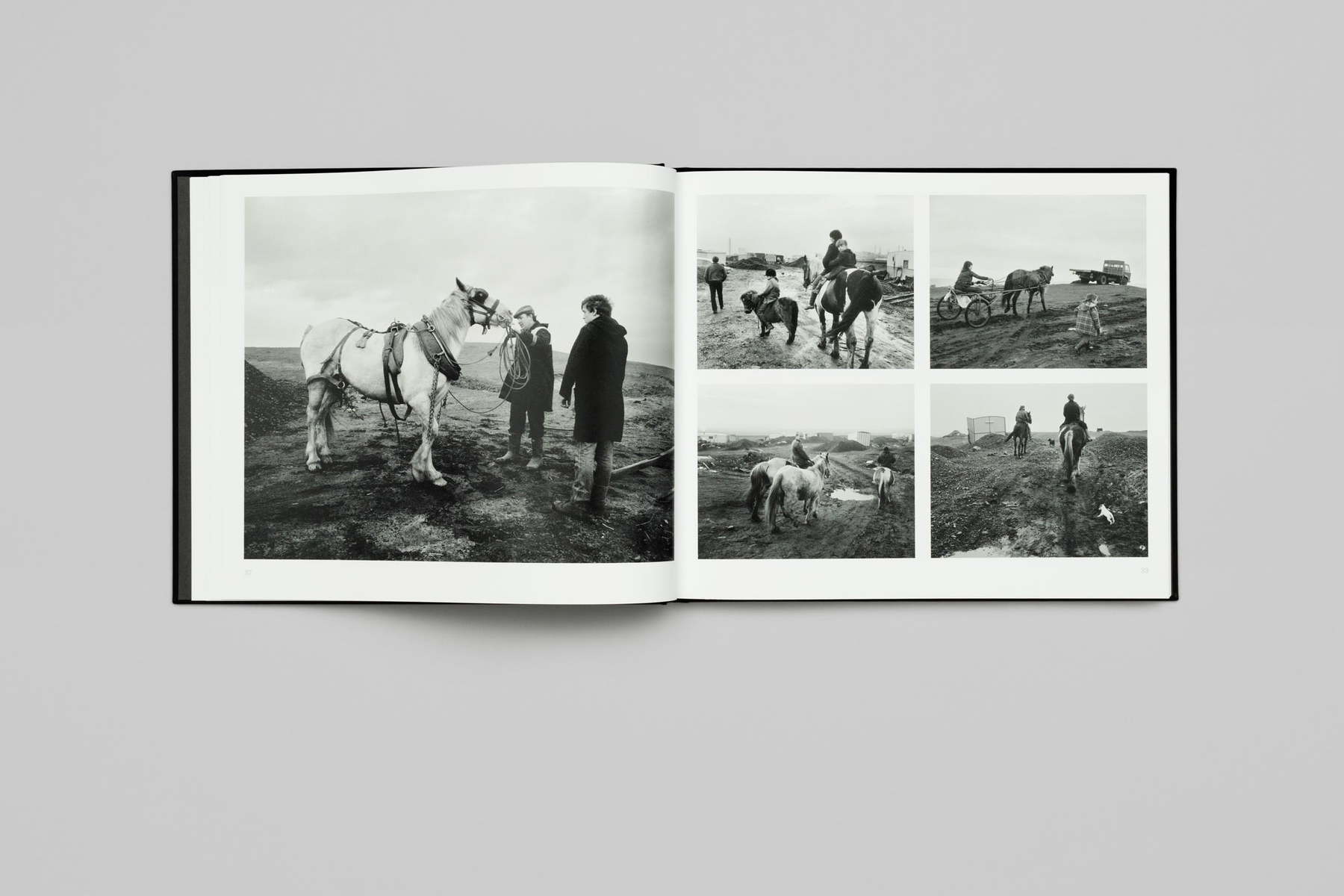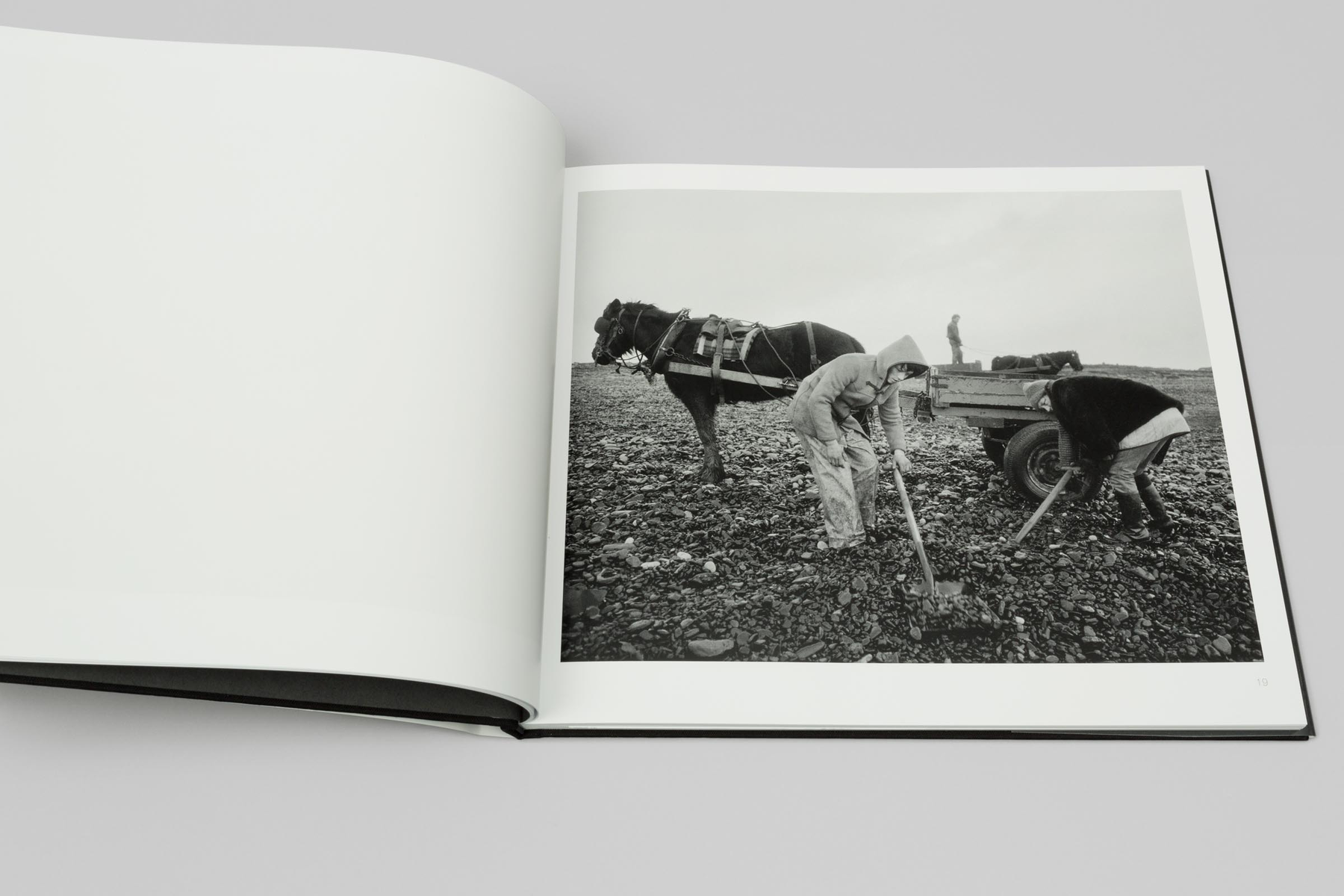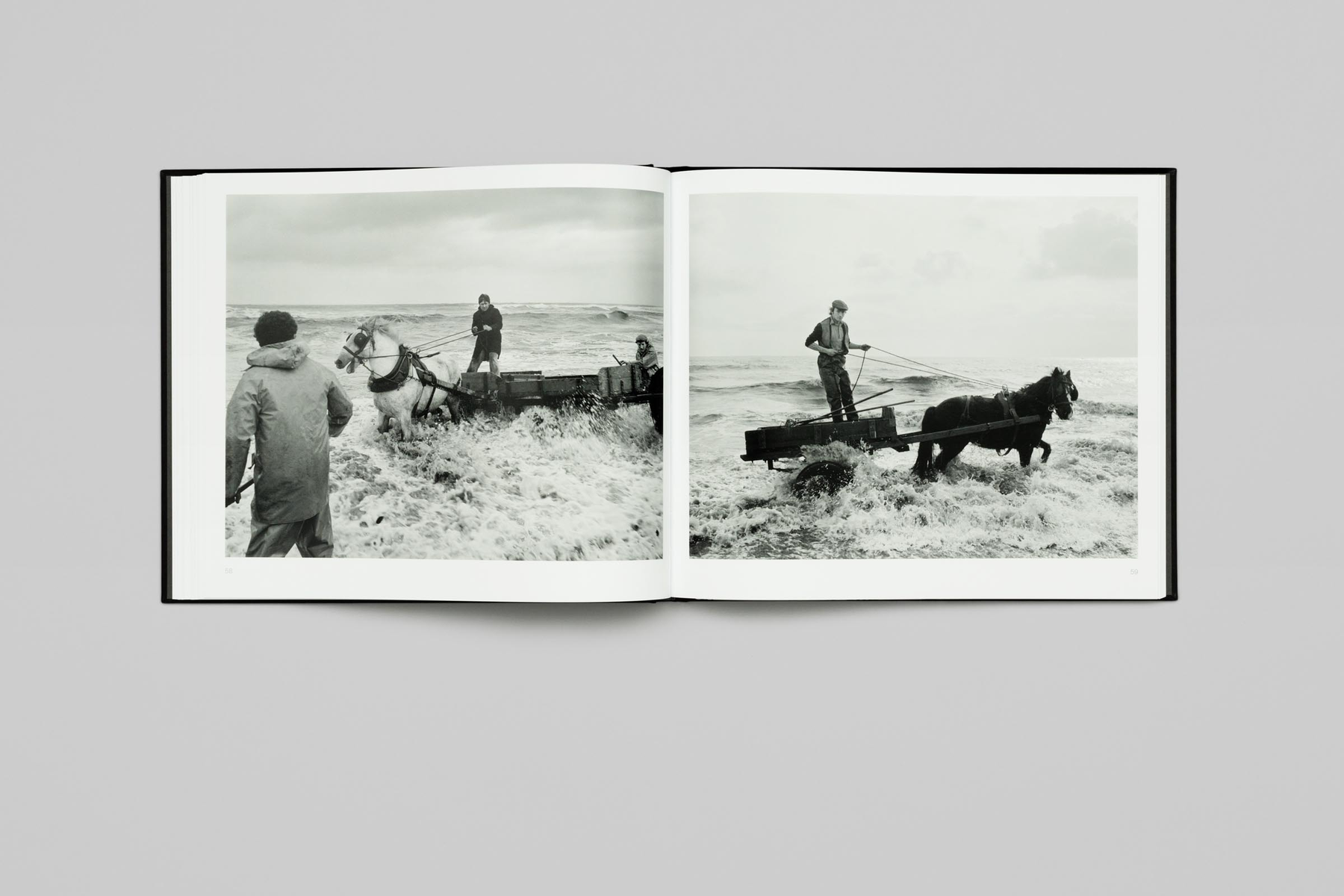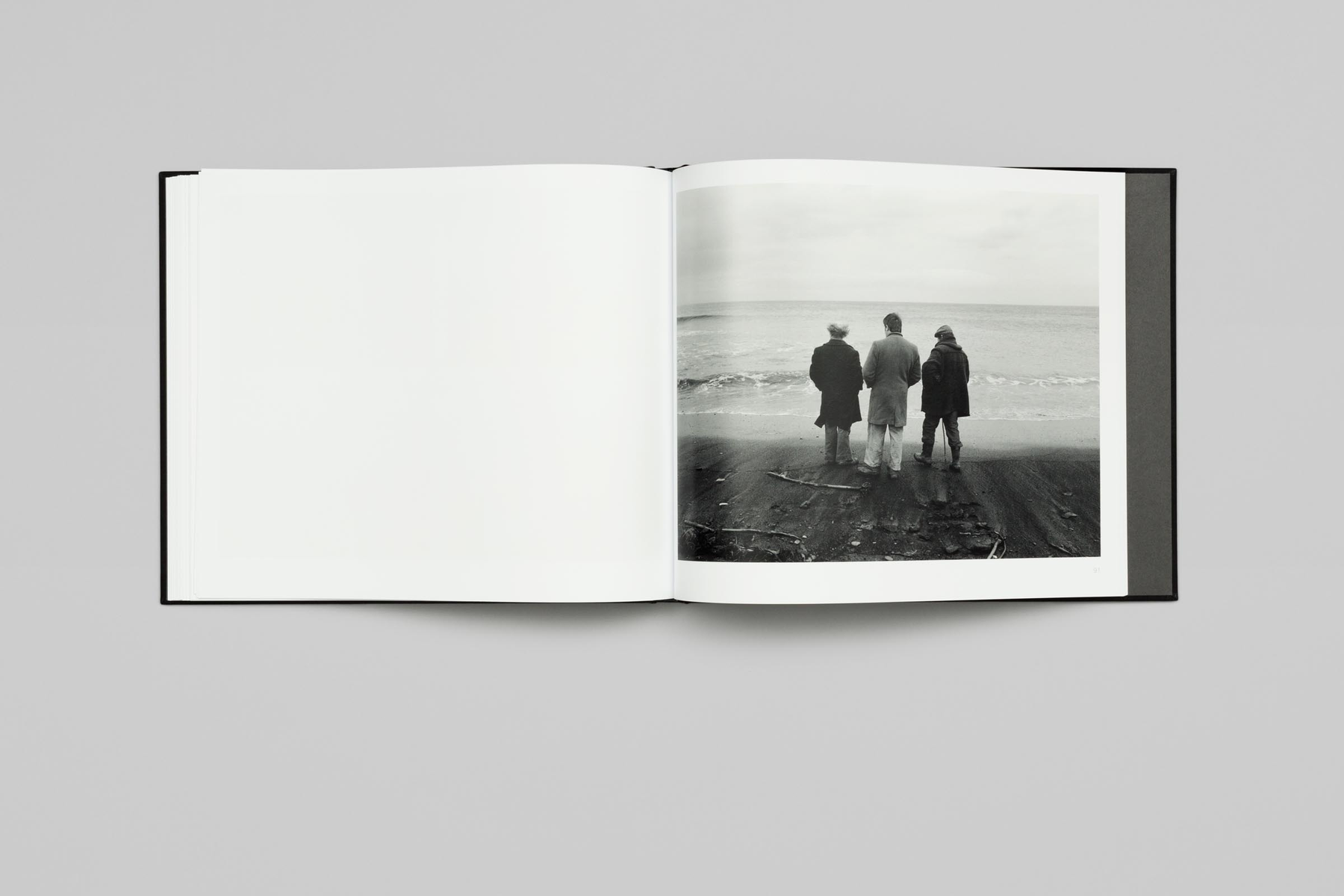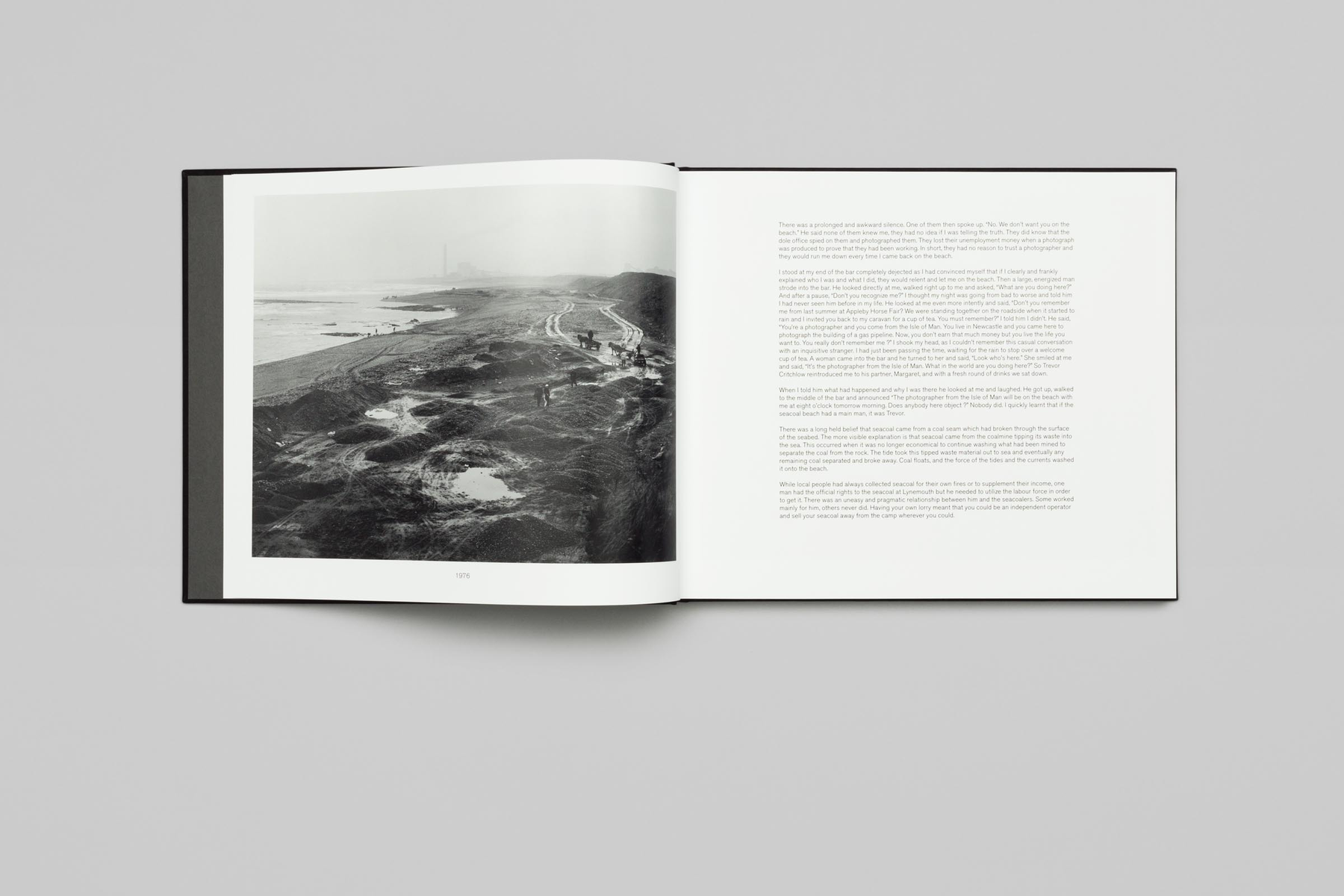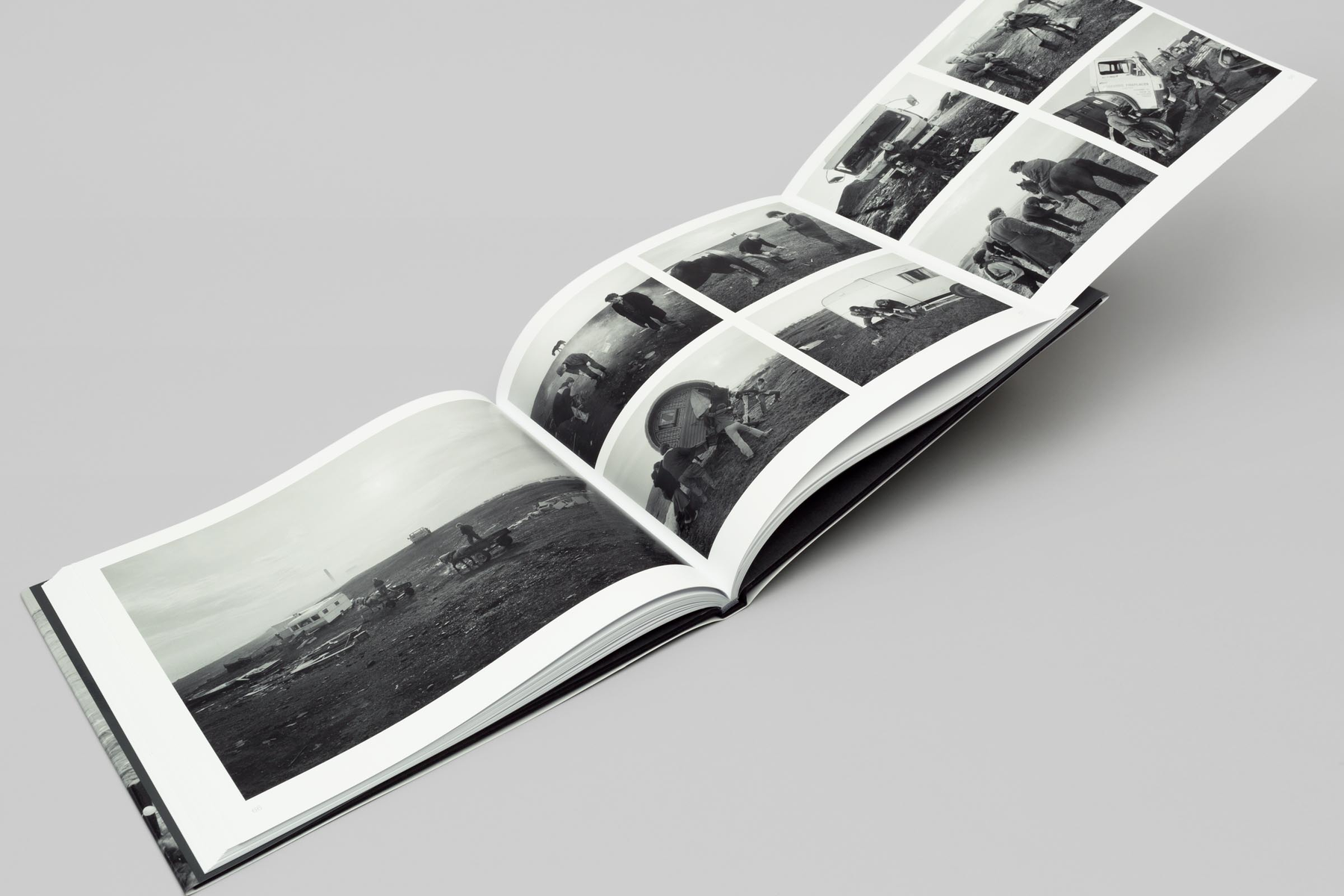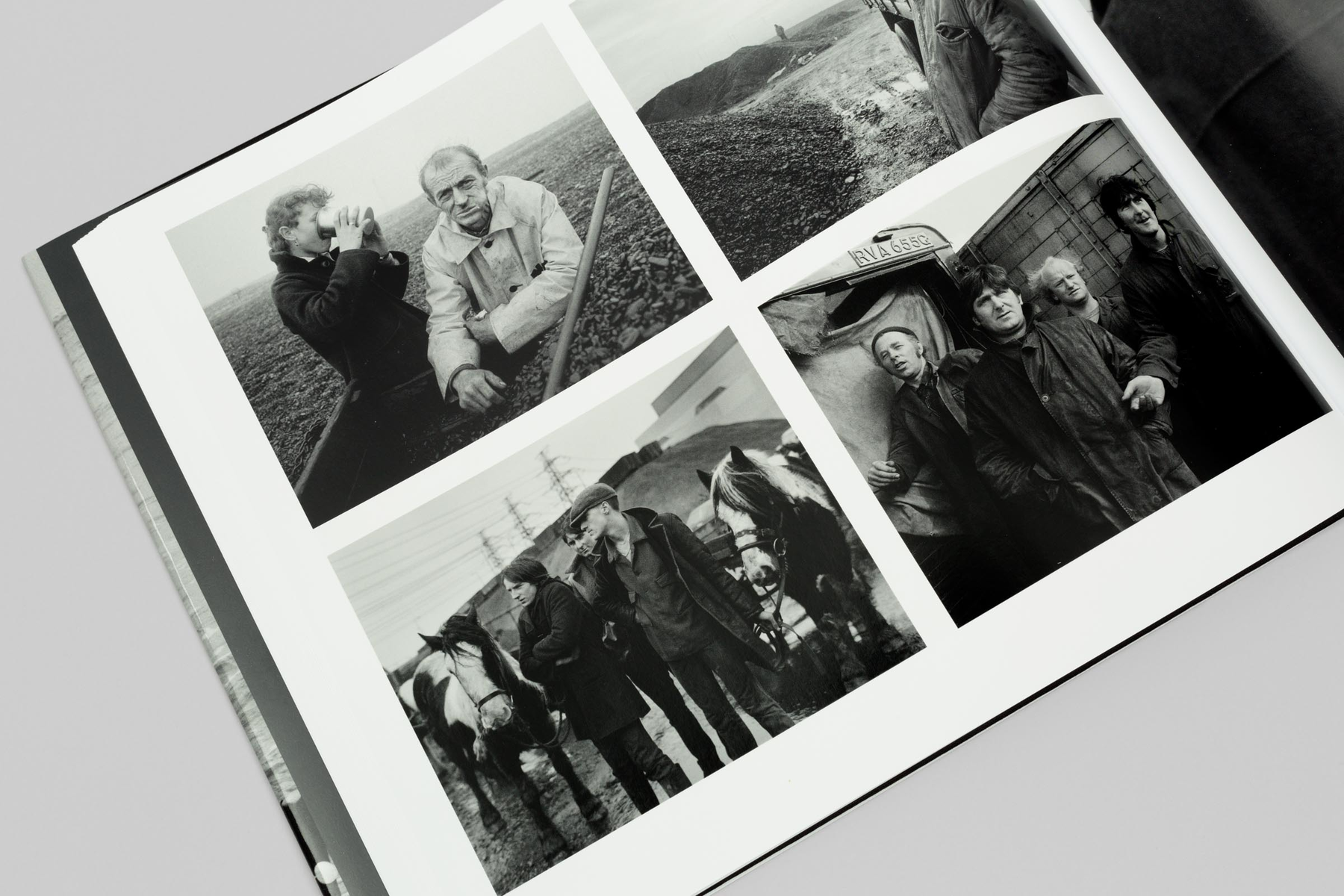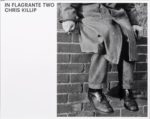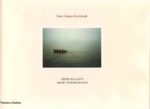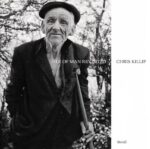Chris Killip a d’abord tenté de photographier Seacoal Beach à Lynemouth, Northumberland, Angleterre, en 1976, mais il lui a fallu six ans pour gagner la confiance des personnes qui y travaillaient. Vivant, par intermittence, dans une caravane sur le camp Seacoal de Lynemouth de 1982 à 1984, Killip s’est plongé dans leurs luttes pour survivre. Quatorze images de la série Seacoal ont également été incluses dans le livre révolutionnaire de Killip, In Flagrante (1988).
«Quand j’ai vu la plage de Lynemouth pour la première fois, en janvier 1976, j’ai reconnu la mine de charbon et la centrale électrique au-dessus, mais rien d’autre. La plage sous moi était pleine d’activité avec des chevaux et des charrettes adossés à la mer. Les hommes se tenaient ensuite dans la mer. Aux charrettes, en utilisant de petits filets métalliques attachés à des poteaux pour pêcher le charbon de l’eau sous eux. L’endroit confondait le temps; ici le Moyen Âge et le Xxe siècle se sont entrelacés. ” -Chris Killip
Chris Killip first attempted to photograph Seacoal Beach in Lynemouth, Northumberland, England, in 1976, but it took him six years to gain the trust of the people who worked there. Living, on and off, in a caravan on Lynemouth’s Seacoal camp from 1982 to 1984, Killip immersed himself in their struggles to survive. Fourteen images from the Seacoal series were also included in Killip’s groundbreaking book In Flagrante (1988).
“When I first saw the beach at Lynemouth, in January 1976, I recognized the coalmine and powerstation above it but nothing else. The beach beneath me was full of activity with horses and carts backed into the sea. Men were standing in the sea next to the carts, using small wire nets attached to poles to fish out the coal from the water beneath them. The place confounded time; here the Middle Ages and the twentieth century intertwined.” -Chris Killip


